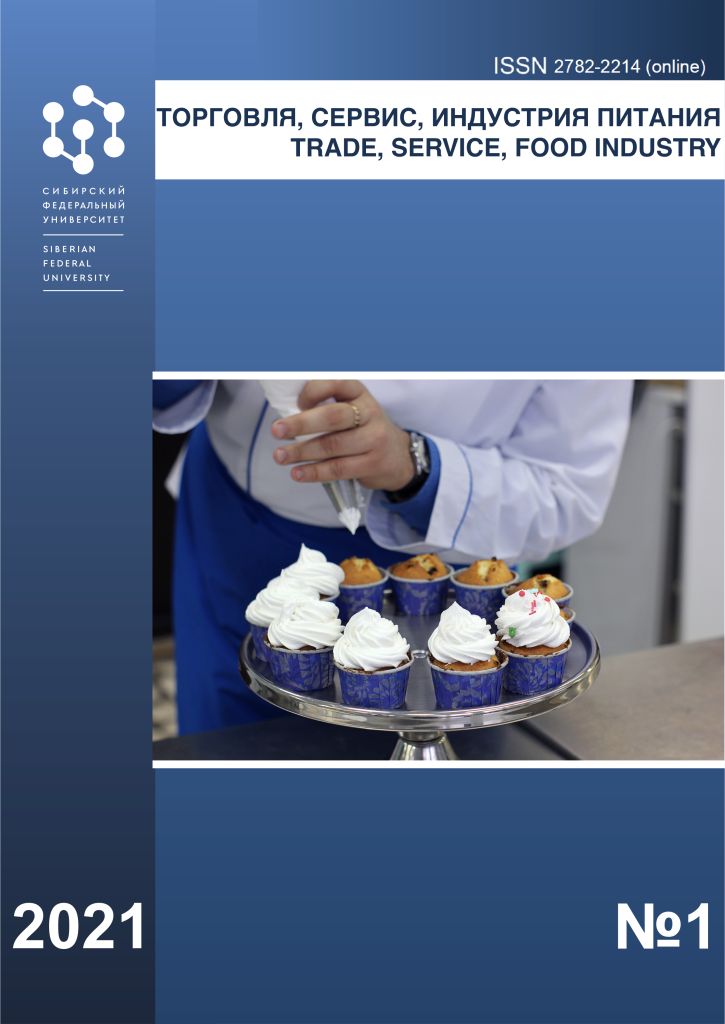Krasnoyarsk, Russian Federation
Krasnoyarsk, Krasnoyarsk, Russian Federation
Krasnoyarsk, Russian Federation
The efficiency of public procurement today is considered all over the world as a complex of effects that ensure sustainable socio-economic development of the country. Among these effects, a special role is played by budget savings obtained as a result of tenders. In this case, the average number of submitted bids for one purchase is considered as the main criterion for competition in purchases and a condition for the growth of financial savings. We assume that this criterion is not sufficient for a qualitative analysis of such savings and balanced management of all the beneficial effects of public procurement. Using a systematic and risk-based approach, we have formulated an extended list of indicators that allow us to identify opportunities for increasing savings and risks of deterioration of other characteristics of procurement. The study of the proposed indicators by statistical methods was carried out on the example of purchases by the Kaliningrad customs. A differentiated analysis of the savings obtained as a result of auctions with different numbers of bids submitted showed a relationship between the initial contract price, the level of competition in procurement and the amount of saved financial resources. At the same time, it was revealed that a significant share of auctions in value terms is held without competition, and among those held with high competition, the share of the risk zone is too high, where the winner of the auction reduces the initial contract price by 25% or more. Further testing of the approaches we have formulated to a multidimensional assessment of the budget savings will reveal patterns in ensuring the efficiency of procurement for government organizations of various territorial and departmental affiliations.
contract procurement system, procurement efficiency, saving financial resources, Federal customs service
1. Guide to prevent procurement corruption in customs. 2015. URL: http://www.wcoomd.org/-/media/wco/public/global/pdf (Date of access: 02.12.2020).
2. Kühn, S., & Sherman, L. B. (2014). Curbing corruption in public procurement. A practical guide. Berlin: Transparency International. 35.
3. Stritch, J. M., Bretschneider, S., Darnall, N., Hsueh, L., & Chen, Y. (2020). Sustainability policy objectives, centralized decision making, and efficiency in public procurement processes in U.S. local governments. Sustainability. 12. 6934. doi:https://doi.org/10.3390/su12176934.
4. Trammell, E., Abutabenjeh, S., & Dimand, A. (2019). A review of public administration research: Where does public procurement fit in. Int. J. Public Adm. 43. 655-667.
5. Vluggen, R., Gelderman, C.J., Semeijn, J., & Van Pelt, M. (2019). Sustainable public procurement - external forces and accountability. Sustainbility. 11. 5696.
6. Stritch, J.M., Darnall, N., Hsueh, L., & Bretschneider, S. (2018). Green technology firms and sustainable public purchasing. IEEE Eng. Manag. Rev. 46. 128-131.
7. Arlbjørn, J.S., & Freytag, P.V. (2012). Public procurement vs private purchasing. Int. J. Public Sect. Manag. 25. 203-220.
8. Nijaki, L.K., & Worrel, G. (2012). Procurement for sustainable local economic development. Int. J. Public Sect. Manag. 25. 133-153.
9. McCue, C.P., Prier, E., & Swanson, D. (2015). Five dilemmas in public procurement. J. Public Procure. 15. 177-207.
10. Kozhina, N. A. (2017). On the development of a methodology for assessing the activities of the contract service in the implementation of public procurement in the customs authorities. Customs Policy of Russia in the Far East. 3 (80). 27-34. doihttps://doi.org/10.17238/ISSN1815-0683.2017.3.27
11. Glas, A.H., Schaupp, M., & Essig, M. (2017). An organizational perspective on the implementation of strategic goals in public procurement. J. Public Procure. 17. 572-605.
12. Hasselbalch, J.A., Costa, N., & Blecken, A. (2014). Examining the relationship between the barriers and current practices of sustainable procurement: A survey of un organizations. J. Public Procure. 14. 361-394.
13. Challenges with tackling procurement fraud. Procurement Fraud in the Public Sector (2011). 10. 12-13.
14. Yurchenko, E. V. (2015). State purchases: modern problems. Bulletin of the Financial University. 4. 16-21.
15. Kodrik, V. N. (2010). Economic aspects of improving the procurement mechanism for the needs of customs authorities. Statistics and Economics. 4. 41-47.
16. Curbing corruption in public procurement in Asia and the Pacific. Manila: ADB/OECD. (2006). 81. doi.org/10.1787/9789264041332-en
17. Doyle, T. Rethinking Customs’ procurement practices to deliver improved business outcomes. World Customs Journal, (2012). 6 (2), 95-99.
18. Andvig, J., Fjelstad, O.H., et al. (2000). Research on corruption. A policy oriented survey. Bergen. Chr. Michelsen Institute. 158.
19. Heggstad, K., & Frøystad, M. (2011). The basics of integrity in procurement. Bergen. Chr. Michelsen Institute. 40.
20. Andvig, J., & Fjelstad, O.H. (2001). Corruption: a review of contemporary research. Bergen. Chr. Michelsen Institute. 122.
21. Ehlermann-Cache, N. (2020). Guide to combating corruption & fraud in development projects - red flags of corruption. URL:https://guide.iacrc.org/ (Date of access: 18.12.2020).
22. Svensson, J. (2005). Eight questions about corruption. Journal of Economic Perspectives. 19 (3). 19-42.
23. On the contract system in the field of procurement of goods, works, services to meet the state and municipal needs: Feder. Law of April 5, 2013 No 44-FZ. URL:http://www.consultant.ru/document/cons_doc_LAW_144624/ (Date of access: 22.12.2020).
24. Versanne, V. G. (2018). Counterfeit and falsification: how will we win? Standards and Quality. 2. 64-69.
25. Demakova, E. A., & Egorova, N. A. (2013). Contract procurement system: prices decide everything. Standards and Quality. 8. 74-79.
26. Demakova, E. A. (2014). Efficiency of public procurement. Standards and Quality. 10. 82-85.








